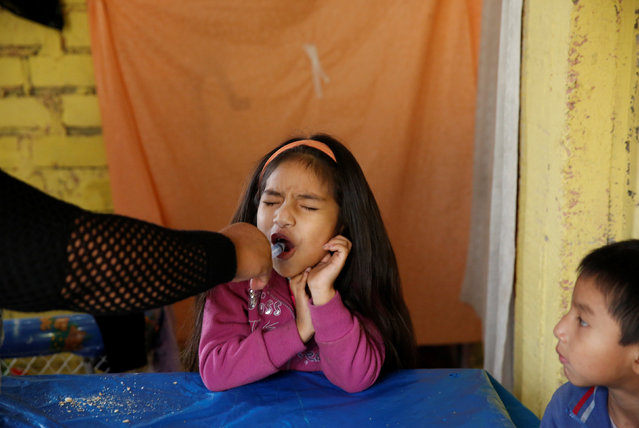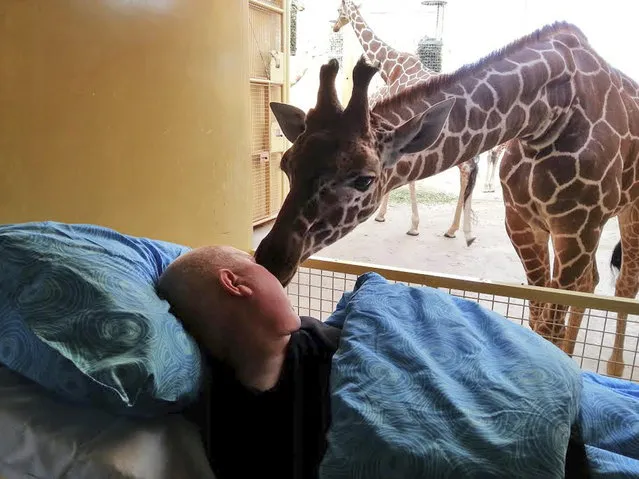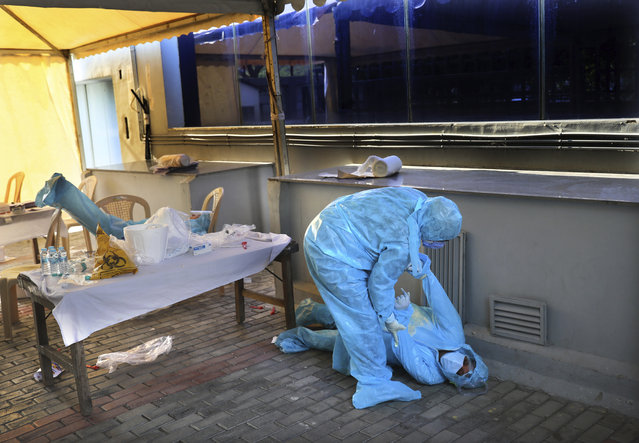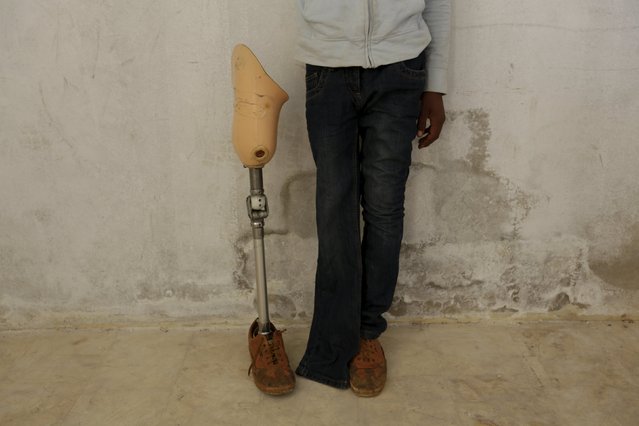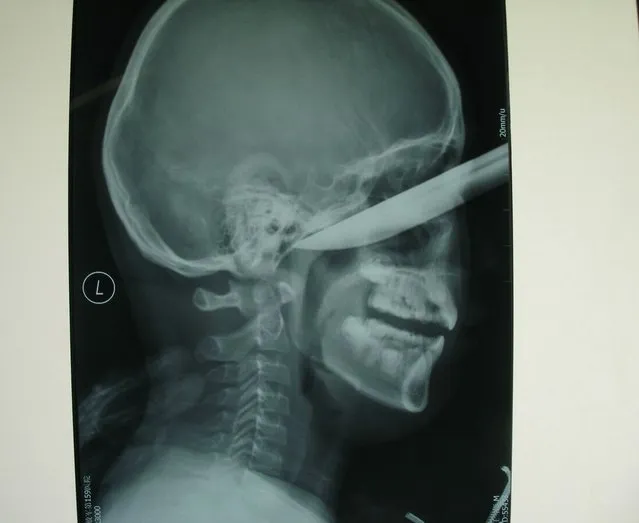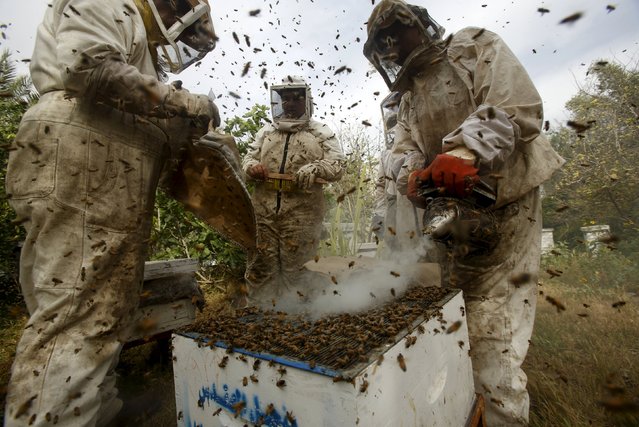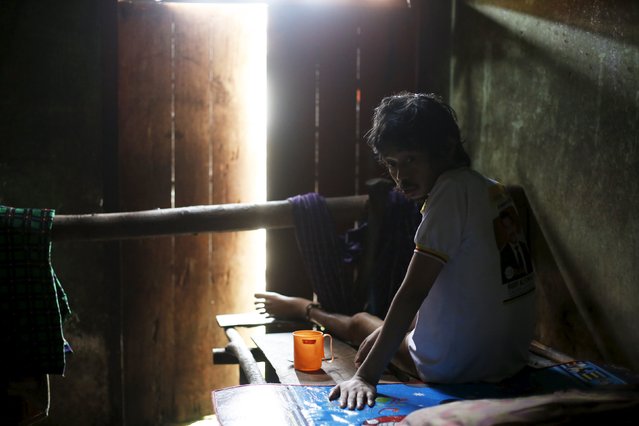
A man suffering from mental illness sits chained on a bed in his room inside his family home in Curug Sulanjana village in Serang, Banten province, Indonesia March 23, 2016. In a programme launched this year, Indonesia sends teams of workers into often-remote hamlets to help free patients kept in chains and ensure they get the medical treatment they need. (Photo by Reuters/Beawiharta)
31 Mar 2016 11:29:00,post received
0 comments

